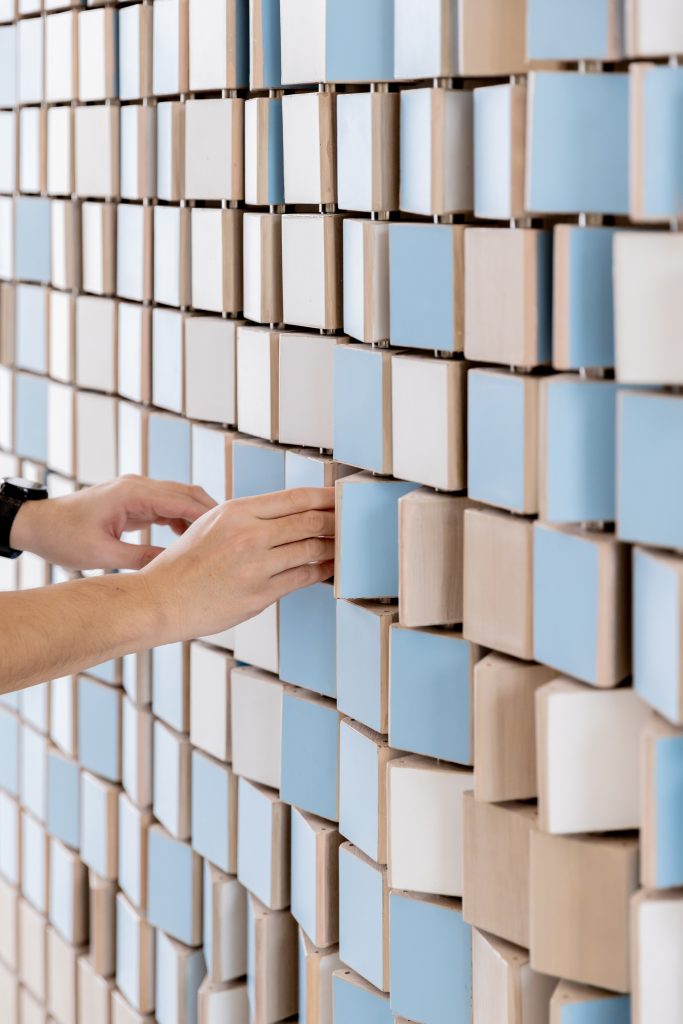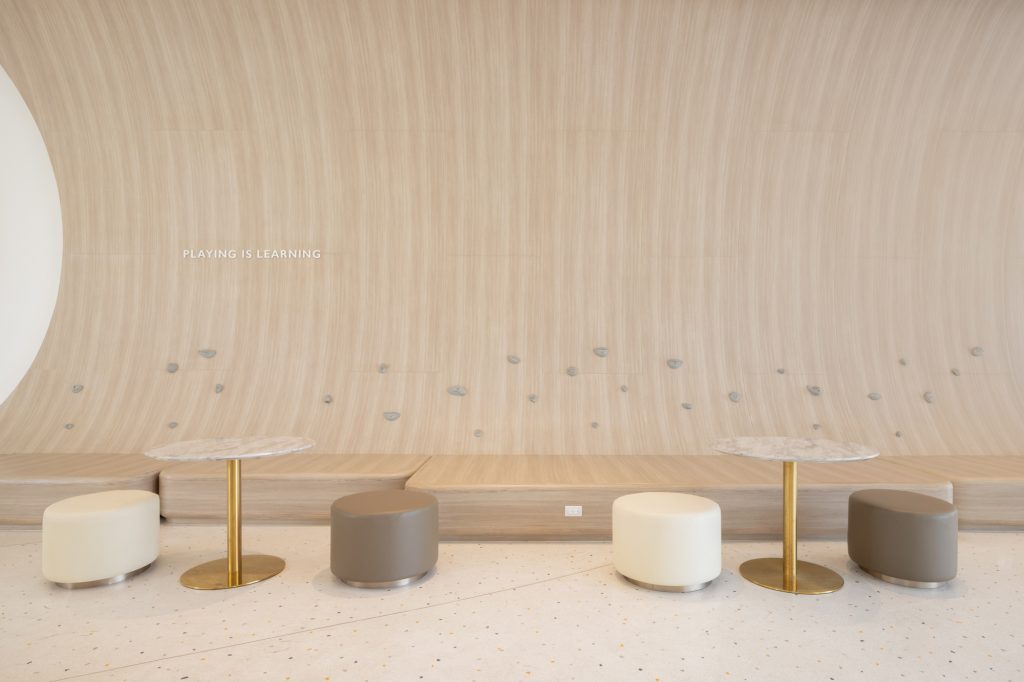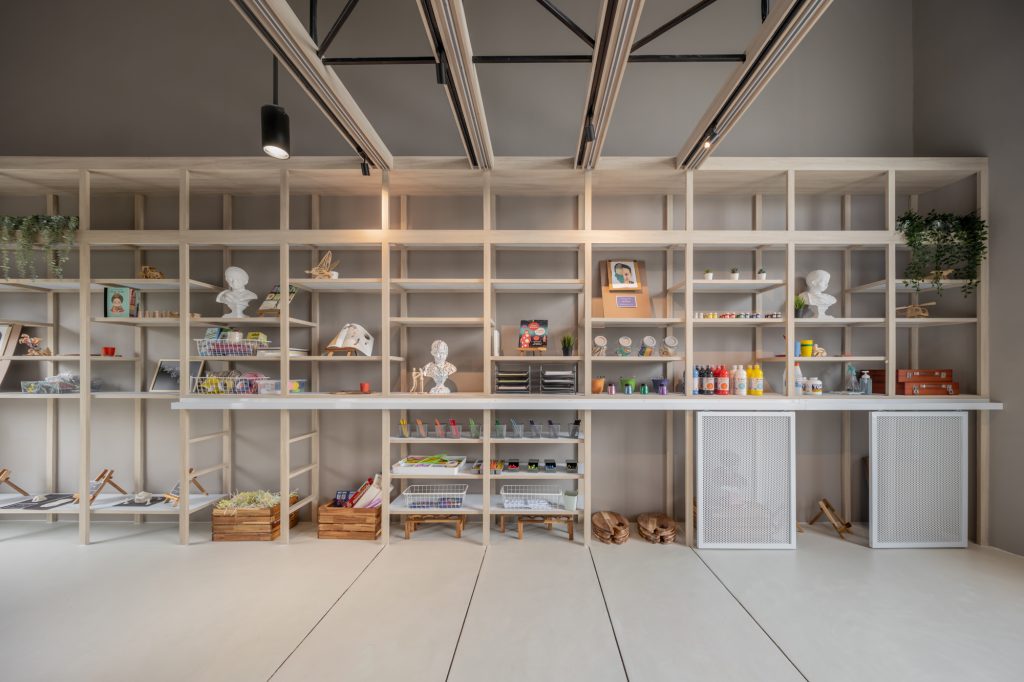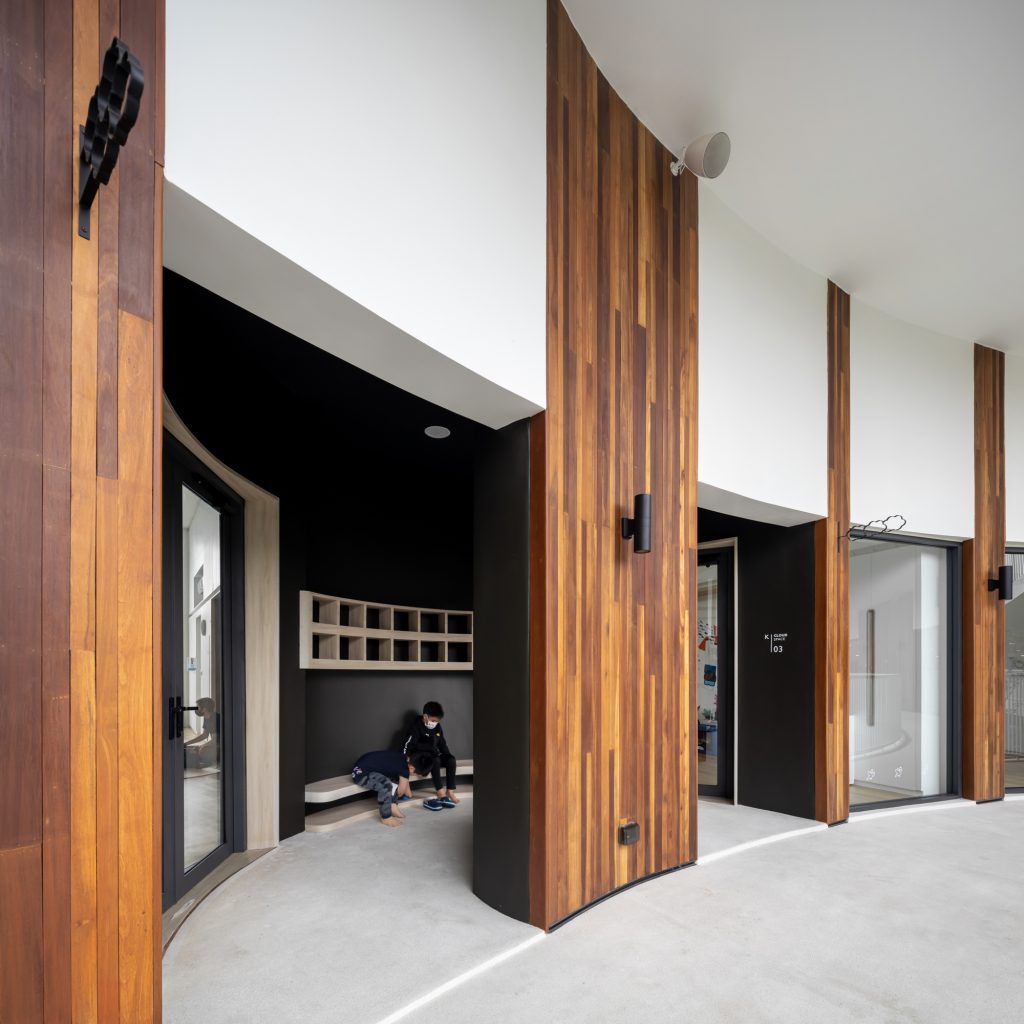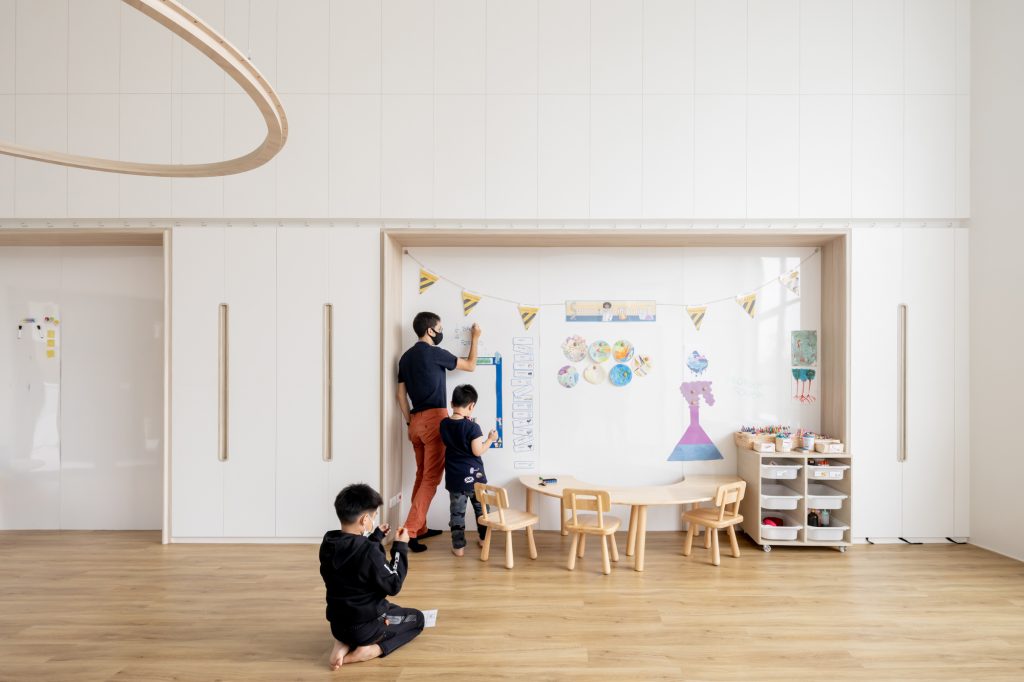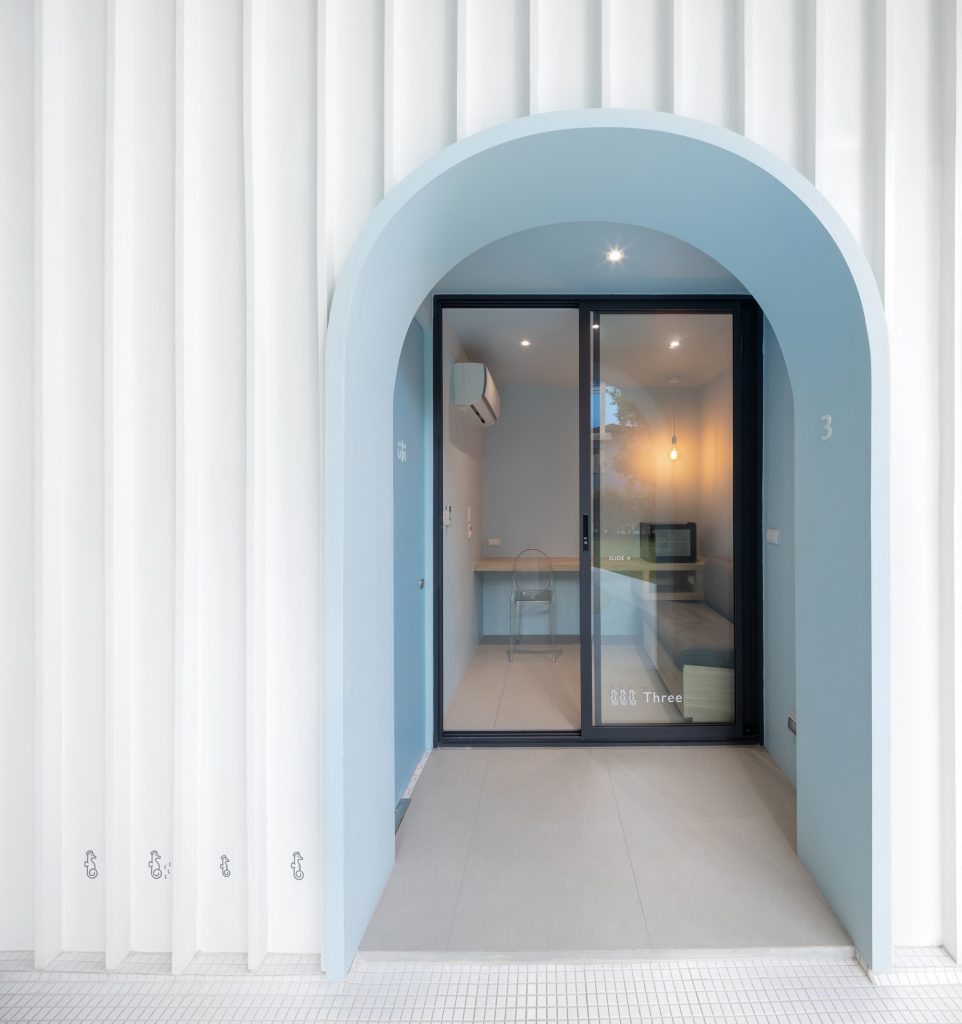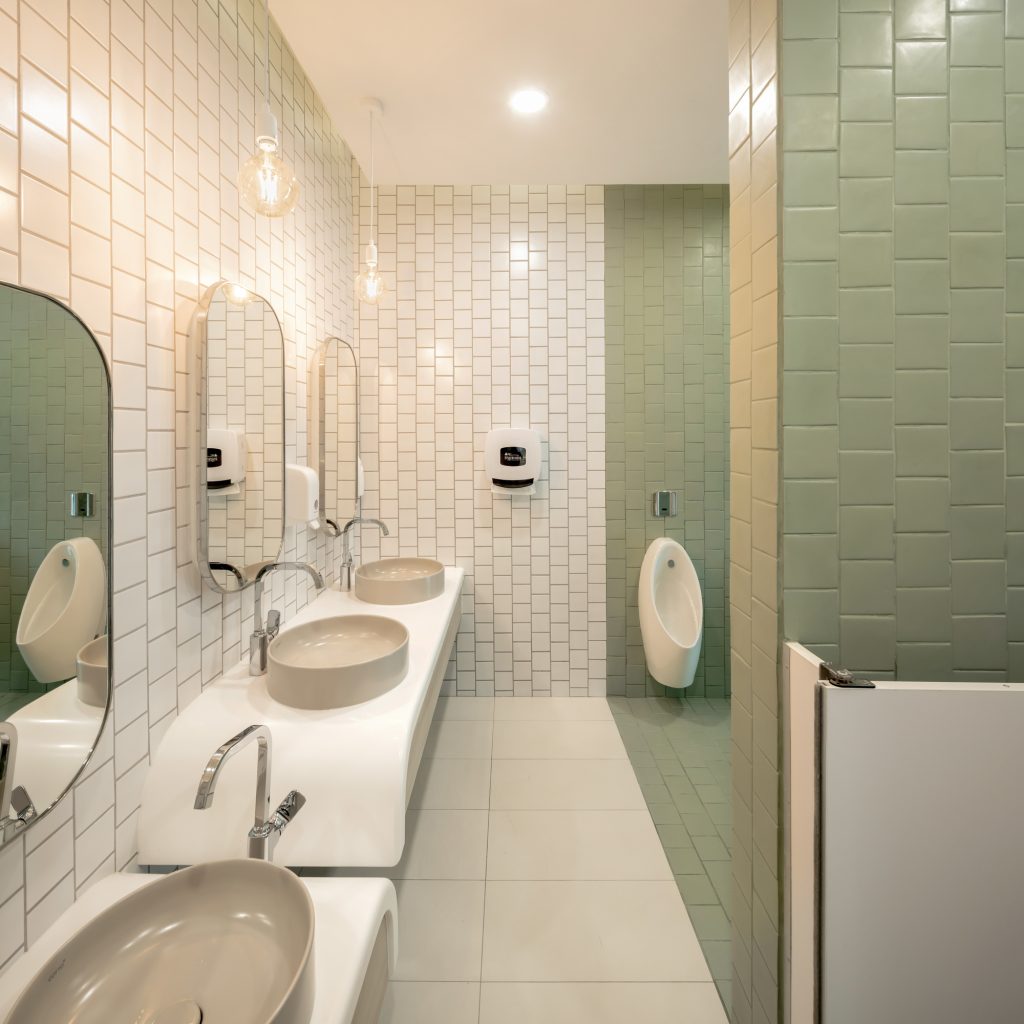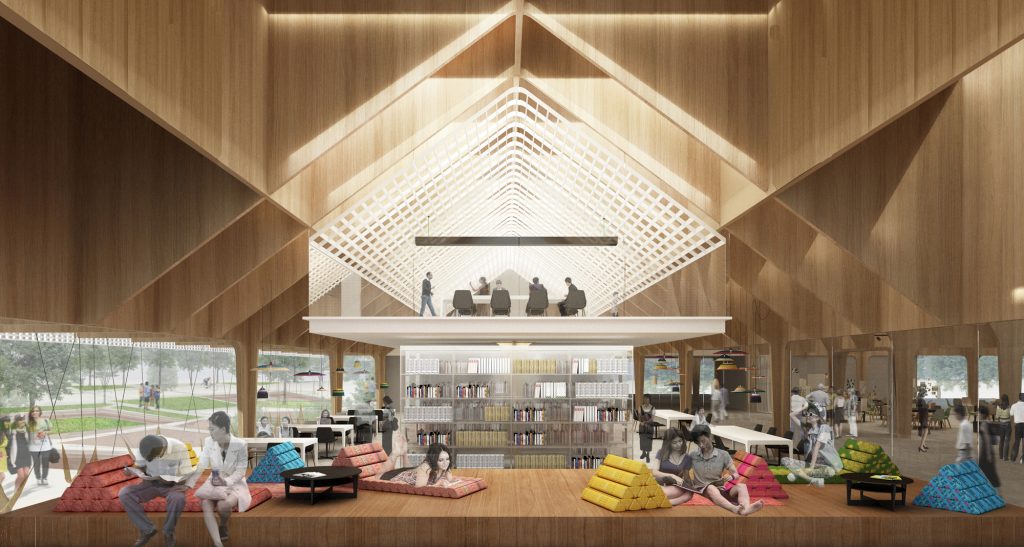Kensington Learning Space Kensington Learning Space Kensington Learning Space Kensington Learning Space Kensington Learning Space Kensington Learning Space
Play-based Learning
"Playing is no nonsense. It has a direct impact on a child’s happiness, joy, and creative freedom. The moment a child develops a positive attitude towards learning is the first step in what will become a journey where they are able to discover and develop themselves. The experience nurtures other aspects they will learn about life, as well as the ability to efficiently attain a greater level of knowledge.
Kensington International Kindergarten operates with the goal of helping its students grow to become beautiful budding spirits. Through the ‘Play-based learning’ approach, children are given the opportunity to develop according to their own age while preserving their unique individuality and improving their life skills. The concept later expanded into ‘Kensington Learning Space’ or KLS, an extra-curricular learning hub for children from 6 months old to 11 years old. The learning style encourages learners’ physical skills and mental development through the happiness and enjoyment of learning. IF takes responsibility for designing the interior space and graphic design of the project.
From the given requirements, IF focuses on different methods of ‘play’ as the main design concept. By combining various types of play: 1) open-ended play with predetermined rules, 2) play with different possibilities under preset instructions, and 3) open-ended play with unlimited methods that allow children to freely exercise their creativity.
The three stories inside Kensington Learning Space comprise different types of classrooms, from the cooking studio, art studio, to a swimming pool, including classes that help the children train essential skills for their future. The spaces are designed to be architecture within architecture. IF integrates three types of play through different architectural elements, from spatial characteristics, functionalities, and furniture, all the way to the decorative details. Everything is realized to create an environment that will complement and resonate with the children’s learning experiences while still fulfilling certain specific functional requirements, including safety and physical proportions suited to children of different age groups.
Reception Area
‘Play-Based Learning’ is translated into every part of the functional program. In the reception area, visitors can sense the philosophy the organization upholds through a series of vertical laths used as flipboard partitions made up of small triangular units. These units can be moved, adjusted, and changed into different messages or images to correspond with the school’s current activities and occasions, or whatever information KLS wishes to communicate with its users.
Classrooms
Each classroom is designed with flexibility as the priority. The design eliminates any limitation that could obstruct children’s learning experiences, making the space a safe ground where children are able to play, explore, and learn different things from their own intuition, creativity, and nature. One of the highlights is the design of the transitional space that links the corridor to the classrooms. IF creates a pocket space at the front of each classroom, with each room equipped with a blackboard, a pocket for a shoe cabinet, properly installed to prevent the unpleasant sight of unorganized shoes.
Cooking and Art Studios
The special studios for cooking and art classes are designed to have a learning environment that encourages students’ actual practice. The cooking studio simulates a restaurant kitchen, allowing children to experience the use of real ingredients, standard cooking equipment, and other details of the room designed for learning purposes. The entire surface of the art studio is covered with canvases for children to freely learn to scribble, draw, and paint using their imagination.
Swimming Pool
One of the highlights of the project is the semi-outdoor swimming pool, which incorporates the visual and physical presence of lines as the elemental component. It accentuates the spatial characteristic of the pool’s fan-shaped form to make it even more perceptible. The design creates a mood with a physical detail that takes inspiration from water ripples. The space is gauged inward to eliminate sharp corners, further facilitating the flow of surfaces and textures of the space.
From the concept initiated by the project owner and their belief in children’s limitless imagination and creativity, the design is realized to create functionalities that fully enable learning experiences, whether through the spatial characteristics, the use of delicate lines and curved forms, or the elimination of sharp corners and edges. This is done not only for the safety of young users but also to promote the unobstructed flow and overall harmony of the space. The furniture and learning tools are designed to be physically proportional to users’ bodies, with weights that aren’t too heavy for children to move around freely, yet providing enough security to prevent accidents caused by the actual usage."
Location
Bangkok, Thailand
ClientsKENSINGTON INTERNATIONAL SCHOOL
Site Area6,400 Sq.m.
Gross Floor Area3,924 Sq.m.
Design Date2018
ArchitectPLAN ARCHITECT
Interior DesignerIF (Integrated Field)
Environmental graphicIF (Integrated Field)
Brand Identity DesignerIF (Integrated Field)
Softscape ContractorG7 CONSTRUCTION
PhotographerKetsiree Wongwan
Awards
-
Asia Pacific Property Awards - Winner (2021)Public Service Interior Thailand
-
ACD Awards - Winner (2020)Signage Design (Built)





